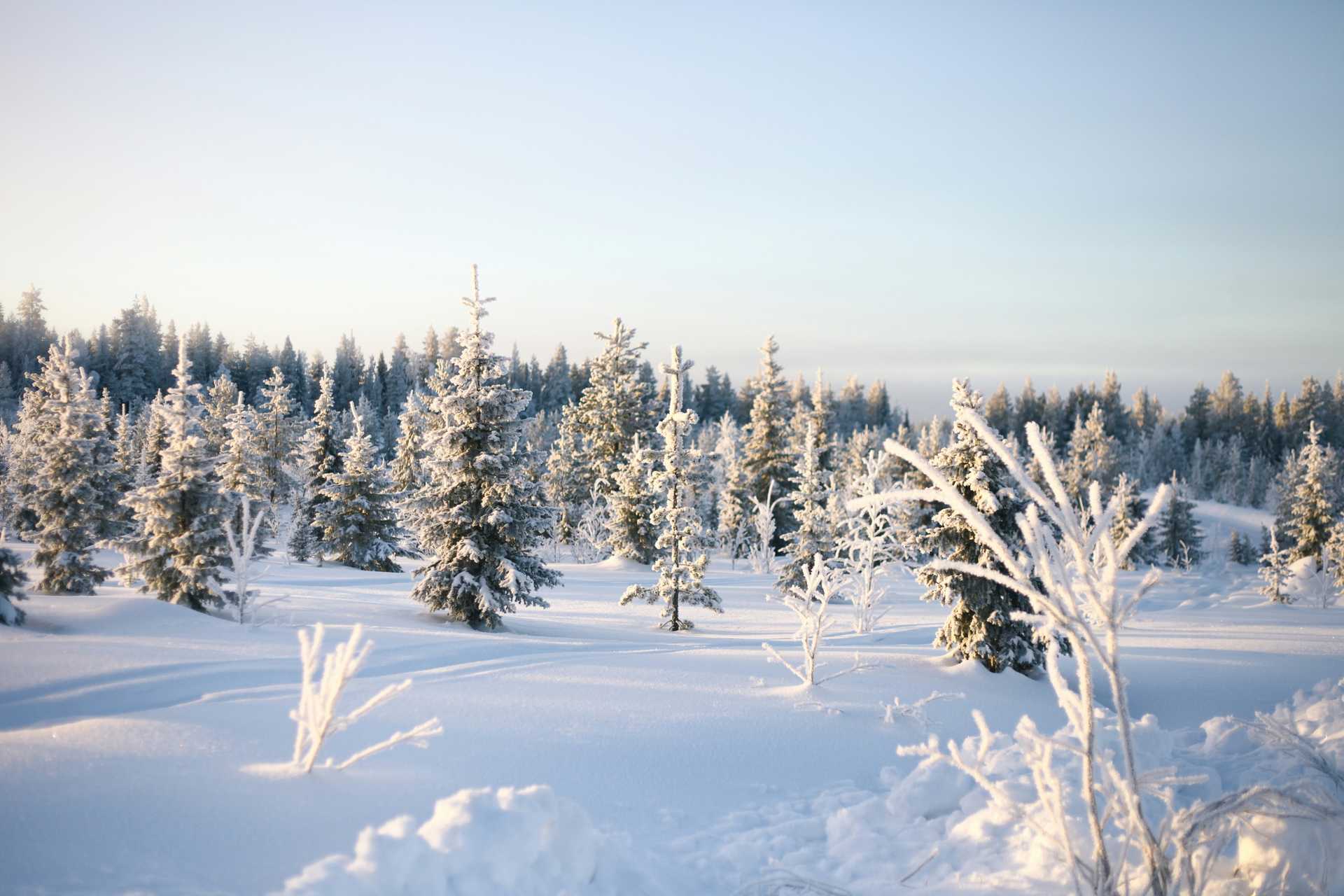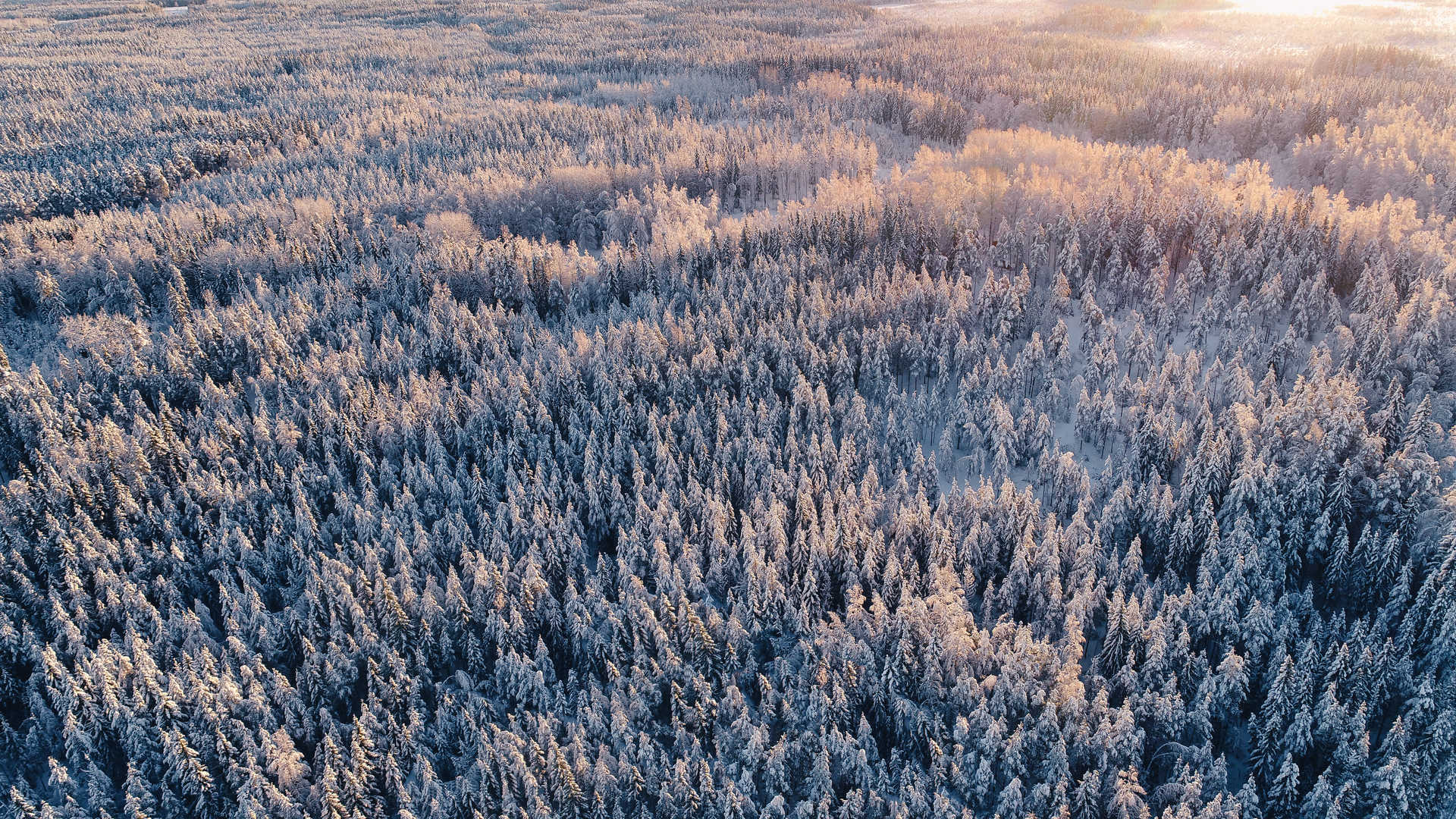The first inhabitants of Finland arrived about 9,000BC and were nomadic Sami people, the descendants of whom still roam the northern parts of the country today. They lived here peacefully until the invasion of the Vikings. During the Viking age (A.D. 793–1066), rule over Finland was avidly fought over as it became a centre for trade, supplying furs to the Vikings. Claims were made by both the Russians and the Swedes to take control once the Vikings were diminished and, in the process, this influenced the language and customs of the Finnish people. The conflict built into a religious rivalry, resulting in the pope declaring Finland a Swedish territory in 1120. They then remained a part of Sweden until 1809, when Russia regained control. The struggle for power between the two persisted over the coming century until the year 1917 when Finland was established as an autonomous region under the Russian Empire. After the Bolshevik Revolution, Finland then declared total independence. The following years were not as desirable as they would have liked, as civil war broke out almost immediately between the two social classes - The White Force (upper class land owners) and The Red Force (lower class labourers). This continued into WWII with Finland allying alongside the Soviet union and handing over nearly 10% of it's land. This and the Pact of Friendship, Co-operation and Mutual Assistance between the Soviet Union and Finland developed a peaceful position for Finland, keeping good relationships with both East and West. The collapse of the Soviet Union then made room for Finland to join the European Union where it has thrived economically until the late 2000s. More recently Finland has struggled with an aging population causing a reduction in labour and therefore a slowing in economic growth.

Finland Travel Guide
Practical information
- Language(s)
- Finnish, Swedish
- Currency
- Euro
- Time zone
- GMT +3
Finnish History and Culture
Time Zone
Languages
Finnish, Swedish
Useful Phrases
- A - pronounced as "u" in "cup"
- Ä - pronounced as "a" in "bat"
- E - pronounced as "e" in "men"
- I - pronounced as "i" in "tip"
- Y - pronounced as "u" in "you"
- Ö - pronounced as "u" in "fur"
- Hello - Hei
- Goodbye - Näkemiin
- Yes - Kyllä
- No - Ei
- Thank you - Kiitos
- You are welcome - Ei kestä
- Excuse me - Anteeksi
- My name is ... - Nimeni on ...
- Nice to meet you - Hauska tavata
Currency
Euro
Foreign money can be exchanged at the Forex in Kuusamo airport on
arrival or you can bring money already exchanged with you, as the Euro is an
open currency. We would recommend the latter as we will be heading to a
remote area of Finland, so you may find it difficult to exchange your money
after leaving the airport.
The simplest way to pay for things is to use an
international credit card or debit card. Visa and Mastercard are
accepted everywhere alongside standard travel cards such as Monzo and
Revolut. You may wish to have some Euros to hand, to pay for drinks or
personal expenses in more remote areas.
Electricity
Weather
Safety and Security
Your safety and well-being is always the number one priority at Kandoo Adventures.
We operate all our travel destinations in accordance with the UK Foreign, Commonwealth & Development Office (FCDO) advice, which publishes travel advisory notices for British nationals. We also closely follow the advice of ABTA (The Association of British Travel Agents) which provides support to UK tour operators.
In addition to this, our extensive, directly-managed operations in each of our destinations, provide us with detailed knowledge and up-to-date information, which enables us to make informed decisions and operate our trips safely.
We always recommend that you regularly check the FCDO's travel advice, in order to keep up to date about the country you are planning to visit.
If you are not a UK resident, we would recommend that you visit your government's travel advisory website for further information:
Alternatively, you may wish to seek further information from the World Health Organisation.
Lost or delayed luggage
We recommend that you wear your walking boots to travel and pack as many essential items as possible in your carry-on luggage for your Finland adventure. If your luggage is delayed we can then do our best to kit you out to take part in the activities on time. In the event that your luggage is delayed or lost, our procedure is as follows:
- Establish what items are missing and a contingency plan for each critical item
- If it reaches 6pm on the evening before starting the trip and your luggage has not arrived we recommend buying and/or hiring items immediately as a precaution
- We will take you to a shop where you can buy toiletry items, e.g. toothbrush










